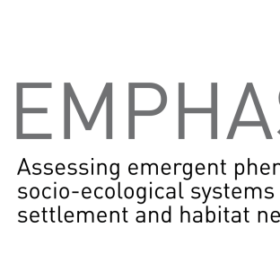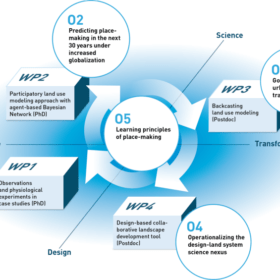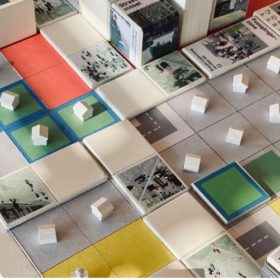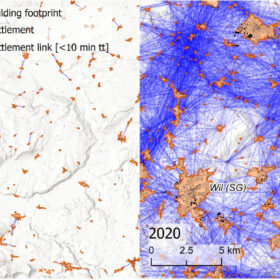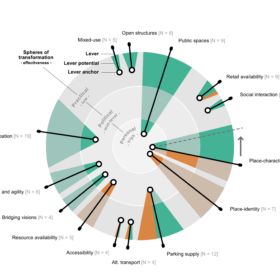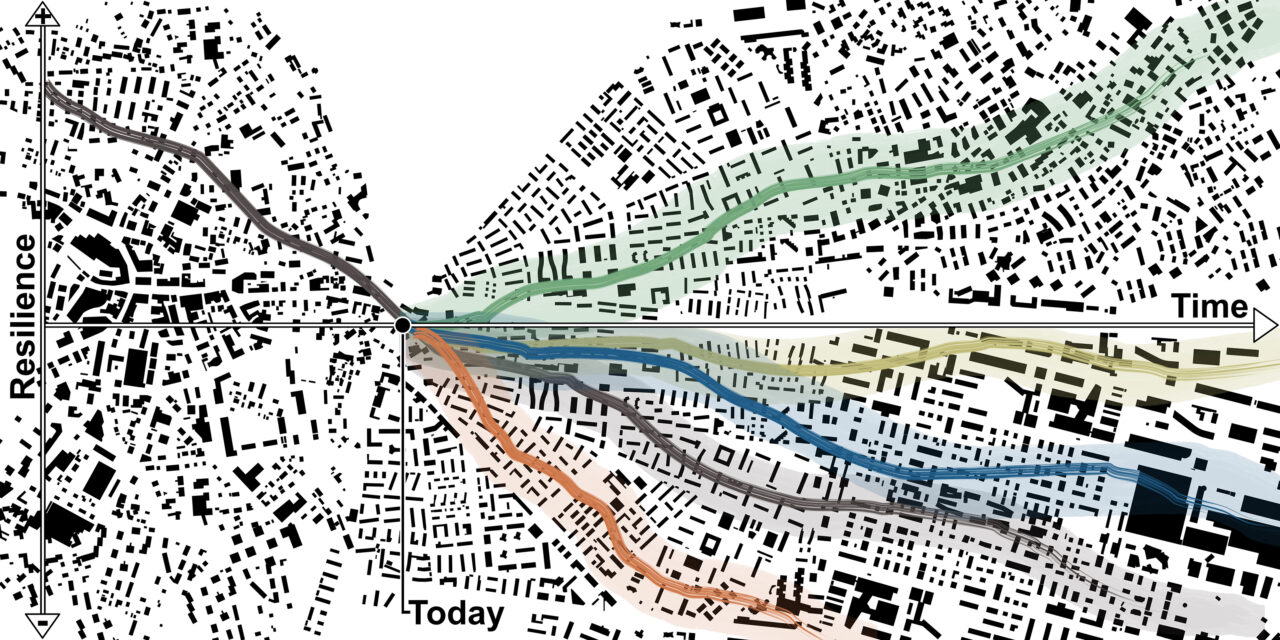
Look around you – what do you see? Unique urban landscapes with specific characteristics, identities, and landmarks? Or homogenous urban landscapes repeating similar shapes, materials, colours, and functions? Currently, homogeneity dominates the day-to-day realities of the European population, of which 74% already lives in urban landscapes. Homogeneity is the result of urban development pathways that are resilient to change and lead to the same – undesired – outcomes over and over. Hence, resiliency is not solely a positive concept when it locks us into unsustainable urban development preventing the transformation to more desirable urban realities.
Homogeneity in Urban Landscapes Leads to a Loss of Meaning of Places which Deteriorates both Human and Environmental Well-being
Because homogeneity is common to many urban landscapes, it is crucial to escape such homogenic determinism and remain resilient against being locked-into unfavourable urban development. This requires transdisciplinary bridges to be created, including quantitative and qualitative approaches. By analysing historical urban development trends and exploring future visions through serious games, we sketch the potential to unlock new transformative urban development pathways towards cities where both society and nature can thrive.
The persistent emergence of homogenous settlements started in the early 20th century. Driven by modernisation of the transportation system and separation of urban functions such as work and living, a low variability in urban design started to appear around larger cities. This pattern has shown remarkable resilience to change as it persists to this day with new, homogenous settlements continuously emerging on the outskirts of cities. These homogeneous neighborhoods tend to lack liveliness and attractivity, leading to weaker place attachment and negative emotions.
Self-organisation and Co-creation are the Relevant Criteria for Resiliency
To break away from homogenic pathways and explore desired pathways that are less resilient in structure, but more resilient in human and environmental well-being, we simulate urban development processes using serious games. Here, stakeholders from public, private, civil-society, and academia explore interventions to unlock desirable urban development pathways towards shared urban visions. These simulations show that contemporary institutional planning realms are unsuited to allocate for resilience. Instead, when allocating for self-organisation and co-creation, every urban stakeholder can help to not only preserve, but enhance place-specific characteristics and identities to operationalise well-being for resilience that allows for development with changes and uncertainties in urban landscapes.
 Johann S. Schuur focuses on the potential, scale, and effectiveness of interventions to unlock transformation processes in land-use systems.
Johann S. Schuur focuses on the potential, scale, and effectiveness of interventions to unlock transformation processes in land-use systems.
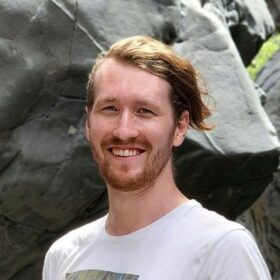 Yves M. Räth focuses on urban morphology to study transitions in urban form and their associated socio-ecological impacts.
Yves M. Räth focuses on urban morphology to study transitions in urban form and their associated socio-ecological impacts.
The authors are both PhD students in the Chair of Planning of Landscapes and Urban Systems, Institute for Spatial and Landscape Development, ETH Zürich.
Lead Reference: Binder, Wyss & Massaro 2020
